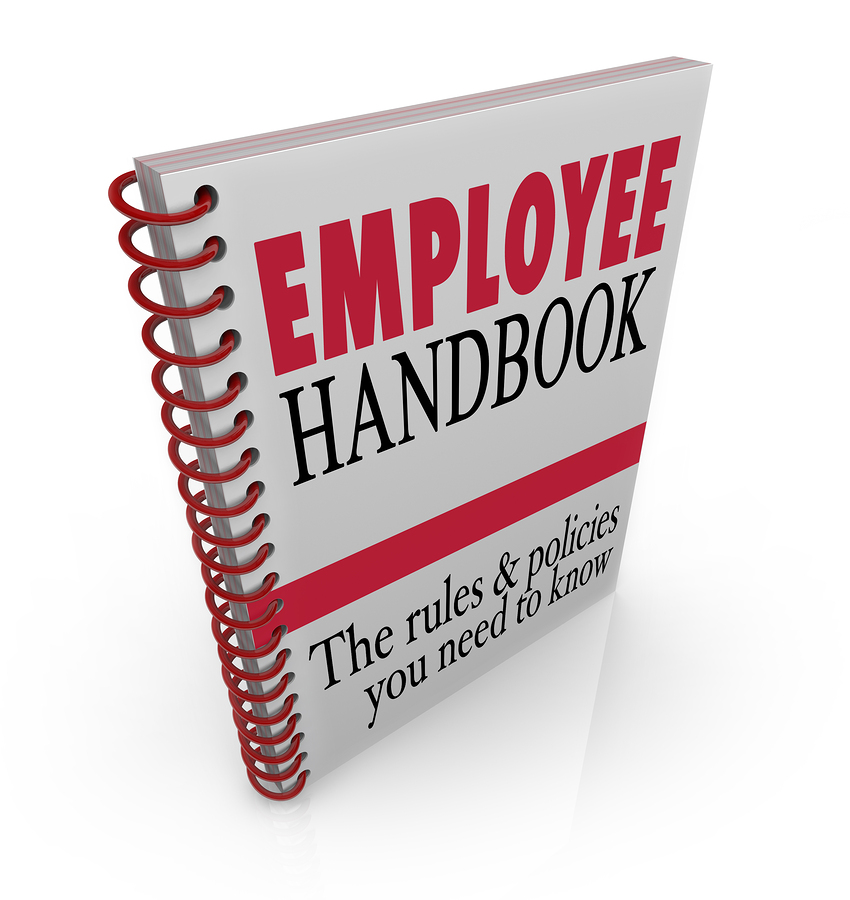When I accepted my first management position, I was told not to get too close to the people who worked for me. God forbid I have to discipline or fire someone I know on a personal level — or so the thinking goes.
But I got into management to work with people, not against them. If leaders practice great communication and build relationships, employees truly begin to thrive. When they don’t, they begin to feel the effects of bad communication: added stress, low morale, delayed or incomplete projects, and missed performance goals.
Why We Let Rule Books Rule Us
Rule books with concrete action steps for every possible infraction take all the emotion out of a confrontation. It’s not personal; it’s just the rules. You break the rules; you suffer the consequences. Conversations, on the other hand, can be uncomfortable and unpredictable.
Following protocol can also feel like an easy way to get something off your desk. But when you don’t really solve a problem, it’s bound to return. When problems reemerge enough times, managers rely on progressive disciplinary measures to change behavior. But progressive discipline sends a message of “improve … or else” — promoting an “us versus them” culture that pits employees against managers.
It’s more effective to have an honest, adult conversation with an employee than to subject him or her (and you) to traditional disciplinary measures.
Moving Beyond Discipline
High-performance coaching is ideal for addressing performance problems. Using this method, the leader explains the issue to the employee and discusses the impact the behavior has had on the company and fellow employees. Together, they explore why it’s happening and how the employee plans to change his or her behavior. These conversations give the employee and manager an opportunity to find a shared solution.
Now, if you simply want to improve performance with people who want to attain more or different skills, use a performance development plan — which is designed to involve the employee in learning new functions or processes in preparation for a promotion. When an employee is engaged in a PDP, he or she will be challenged to further develop knowledge and skills.
Implementing a High-Performance Coaching Plan
High-performance coaching begins like this: A leader sits down with the employee who’s having a problem, and the leader briefly describes the unacceptable behavior, as well as the impact it’s having on the company and other employees. Then — and this is the most critical part — the employee creates an action plan to correct his or her behavior.
The leader is there to offer guidance and feedback to make sure the plan will actually solve the problem, but the employee primarily develops the plan. Employees are adults, and they deserve to be treated as such. They’re capable of taking responsibility for their own behaviors. Leaders can help suggest resources and tools, but employees know what will work best for them.
If the individual chooses not to change behavior, this is a conscious choice to no longer be part of the team. Leaders should use their judgement to determine how quickly progress should be made, but ultimately, failure to improve shows a lack of desire to work there.
Implementing a PDP
Unlike high-performance coaching, PDPs play out over a longer time frame and address employee growth, not changing unacceptable behavior. They involve in-depth processes like education, training, mentoring, and stretch assignments.
Continued education may be required for a promotion or to increase knowledge. Mentoring can be critical to gaining outside perspectives on issues. Stretch assignments allow employees to gain exposure to functions they’d be engaged in with a new position. And training allows employees to put process theories into practice.
The employee and leader should create the PDP together. Leaders should look beyond skills development and take advantage of the opportunity to connect employees to people, resources, and opportunities that will help boost their careers and make their work more fulfilling.
To maintain accountability, the employee and leader should periodically review the PDP. At that time, they can address timelines, evaluate progress toward goals or assignments, and identify areas where further assistance is needed. An employee’s peers can also be excellent accountability and support partners.
Offering individualized development options fosters a culture of positivity with an engaged and satisfied workforce. In turn, the company will attract top talent and increase employee retention. If you’re ready to start working with your employees to create a more productive and attractive work environment, throw out the old system of discipline and start sitting people down to talk. You won’t have to avoid getting too close ever again.
This article was written by Bob Dusin and published on HR.com in October, 2019.

